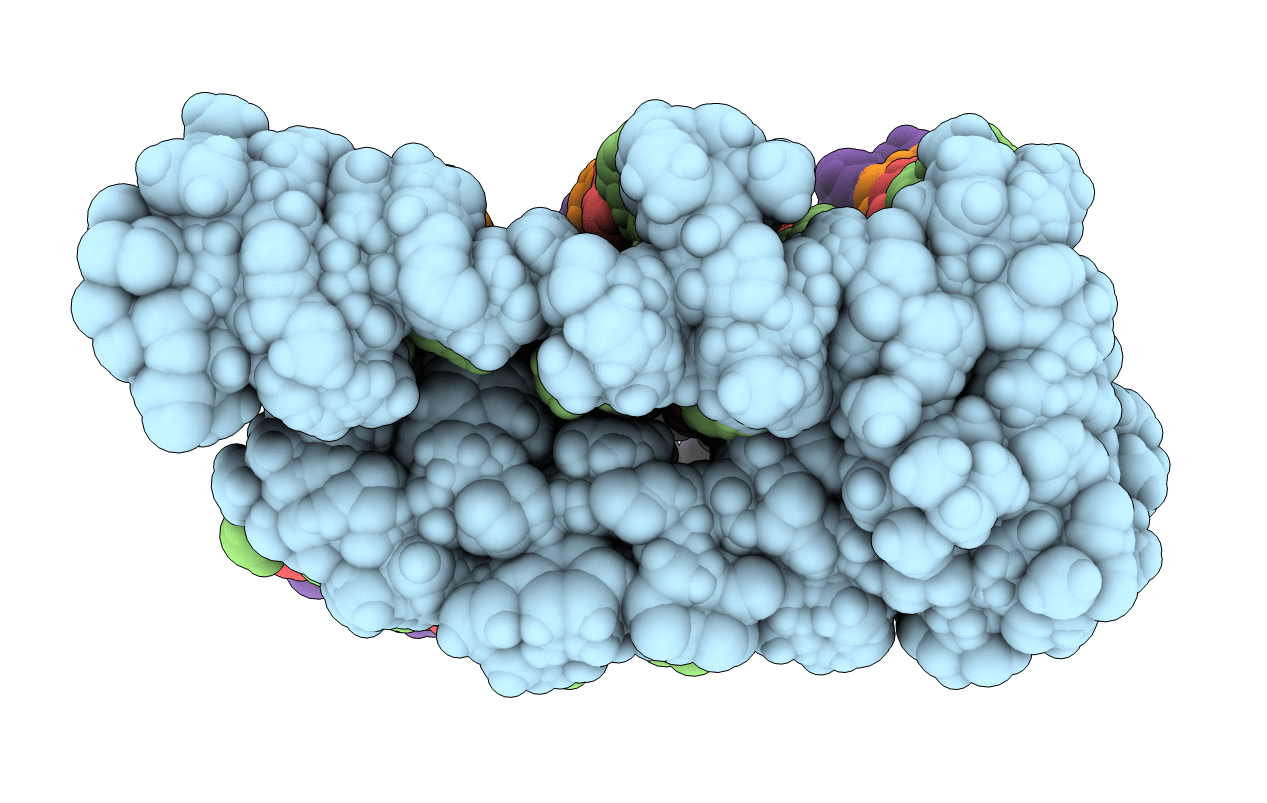
Deposition Date
2005-10-24
Release Date
2005-11-22
Last Version Date
2024-05-22
Method Details:
Experimental Method:
Conformers Calculated:
100
Conformers Submitted:
10
Selection Criteria:
structures with the least restraint violations


